Thornton-le-Dale
OS grid reference:- SE834830
Picturesque Thornton-le-Dale, sometimes referred to as Thornton Dale, lies near Pickering on the edge of the North York Moors National Park.
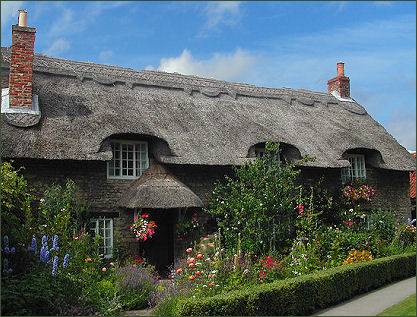
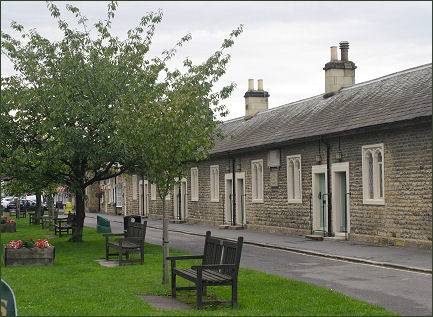
Thornton-le-Dale has frequently been voted the most beautiful village in Yorkshire since 1907. Beck Isle Cottage, (pictured left) a thatched cottage in the village has graced numerous calendars and chocolate boxes over the years. A traditional Market Cross and an old set of Stocks stand on the village green at the centre of the village.
The seventeenth century Alms Houses (pictured below right) are between the village green and the bridge. Elizabeth Sandys, Lady Lumley, bequeathed money for the creation of a school and almshouses in 1657. The grammar School was completed in 1670. The New Inn which offers food and refreshments is located at the centre of the village.
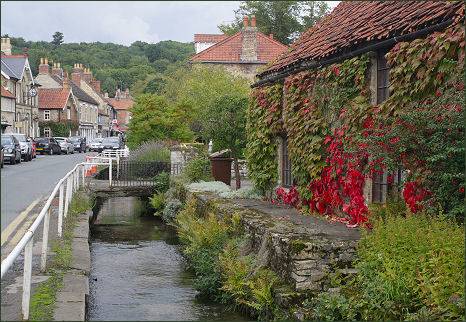
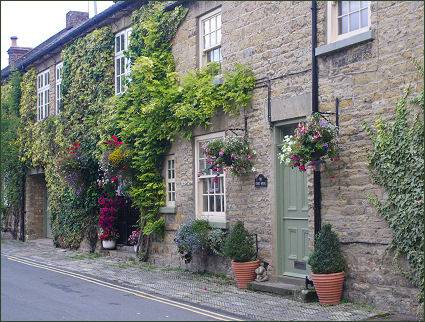
All Saints Church, a Grade II listed building, stands prominently on a hill, overlooking the village. The present building, which largely dates to the fourteenth century, is unusual in that, apart from the chancel, the main body of the Church is completely of that period known as the 'decorated' style of architecture. The chancel was completely rebuilt in 1865/6.
Thornton-Le-Dale has a long history dating back to at least the Neolithic era. The high ground to the north of the village was farmed in Neolithic times and a cart burial at nearby Pexton that has been dated to 300BC.
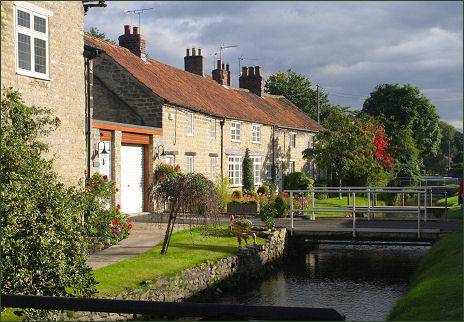
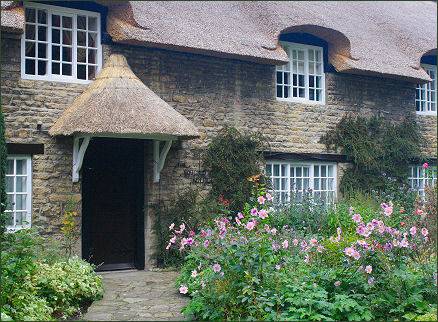
Sir Richard Cholmeley, who was known as the Great Black Knight of the North for the width of his estates, as well as his height and complexion, was born at Thornton-le-Dale, during the reign of Henry VIII he served as captain of 100 men in the Scottish war of 1544. Although his home, Roxby Castle no longer remains, his remains are buried in the parish church.
Hugh Cholmeley, 1st Baronet, was born in 1600 at Roxby Castle, was a member of parliament for Scarborough. He suppported the Royalist cause during the Civil War held Scarborough for the king during its Great Siege, for which he was rewarded with a knighthood and eventually a baronetcy.
The village is also famous for its yearly shows where people from the area gather to compete in various events.
The route of the White Rose Way, a long distance trail of 104 miles from Leeds to Scarborough, passes through Thornton-le-Dale.
